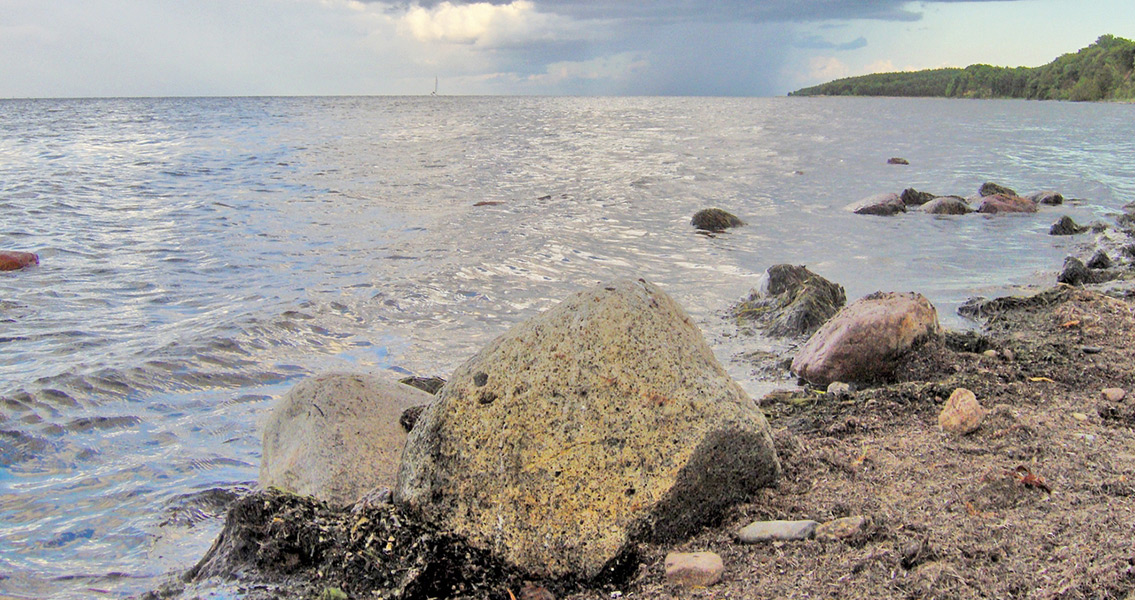<![CDATA[A figurehead that stood on the ship of a Medieval Danish king has been recovered from the waters of the Baltic sea. The researchers who are studying it are unsure what exactly the shape depicts but the ship was called the Gribshunden, which literally means “grip dog”. In Danish the name is a combination of the words for a griffon and a dog, Live Science notes. The ship that this mythical animal decorated is unique – it is the only known war vessel from that time and could reveal valuable secrets of shipbuilding in the Middle Ages, the Daily says, quoting Marcus Sandekjer, the director of Blekinge Museum in Sweden where the figurehead is now kept in a water bath while it awaits restoration before going on display. Describing the wooden figurehead to the BBC, one of the researchers who took part in bringing it to the surface, marine archaeologist Johan Ronnby, said it looked like a dragon with lion ears and a crocodile mouth. There is a person in its mouth, although it's unclear if the creature is supposed to be eating them or spitting them out. The artefact is 3.4 metres long and must have been an impressive sight atop the Gribshunden, which was 30 metres long and crewed by 150 people. Figureheads were put on ships from ancient times until the era of common literacy, helping people to recognise a vessel when they saw it. In antiquity they were part of a beak that was used to ram enemy vessels, and were usually in the shape of a religious symbol. In the Viking age the figurehead commonly had the shape of a dragon, snake, or other fantasy animal in order to scare enemies and to protect those on ship from any evil spirits they may have encountered during their journey, according to the British Museum. Marcus Sandekjer adds that the human figure in the jaws of the Gribshunden’s figurehead may be a depiction of the Biblical story of Jonah and the Whale. Despite being discovered in the 1970s, the identification of the ship itself only happened in 2013 after two diving expeditions came back with samples of wood which made it possible to date it. The Gribshunden was the flagship of Danish king Hans’ fleet, and its construction was an international undertaking, Sandjeker told Live Science. The wood came from northern France and the ship was built in Flanders or the Netherlands. It set sail in 1495 for Kalmar, a Swedish city where the king would meet his counterparts from the region to discuss a possible political union. At one point during the journey the king disembarked to visit the port of Ronneby, then in Denmark, now in Sweden, and while he was on shore the ship caught fire and sunk, according to the account of one eyewitness. Further expeditions will be made to the site of the wreck, says Sandekjer, in the hope of discovering further artefacts from the unfortunate 1495 journey of king Hans. Image courtesy of Wikimedia Commons user: Krzysztof ]]>
500-Year-Old Figurehead Recovered from Baltic Shipwreck
